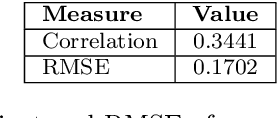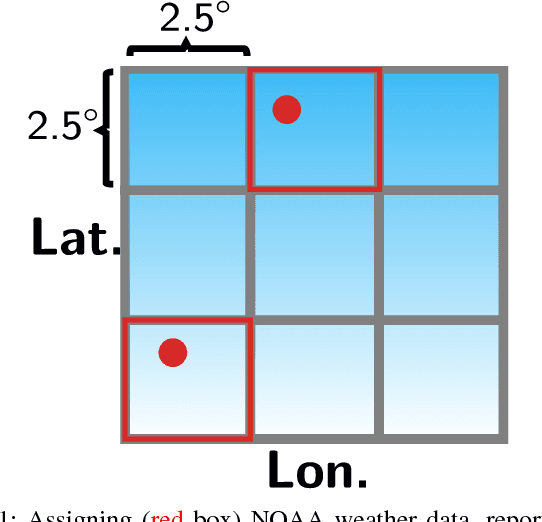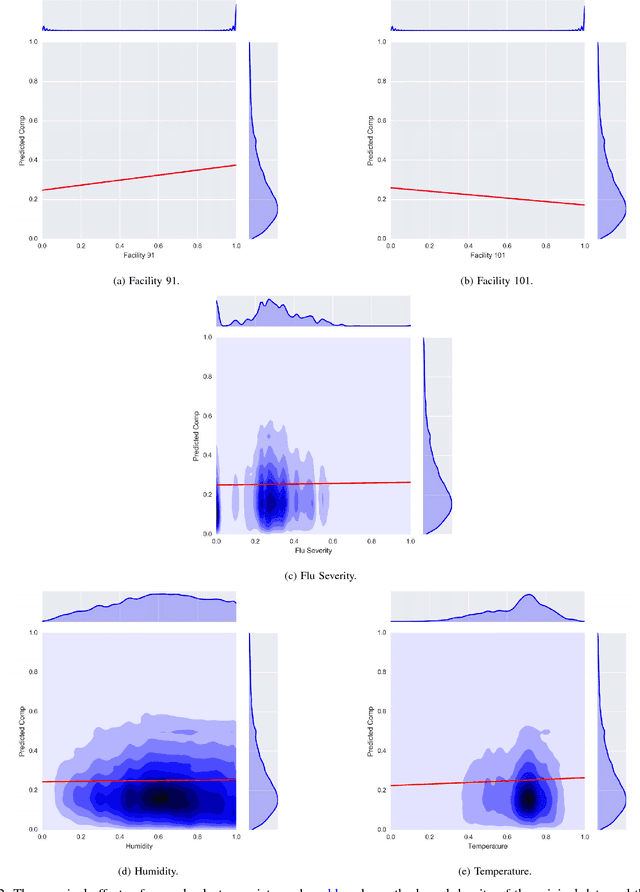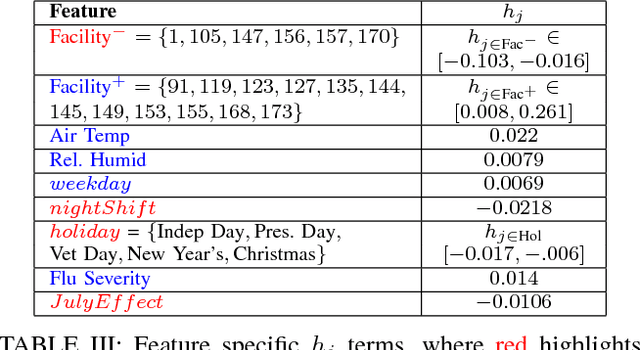Jason Slater
21 Million Opportunities: A 19 Facility Investigation of Factors Affecting Hand Hygiene Compliance via Linear Predictive Models
Jan 26, 2018



Abstract:This large-scale study, consisting of 21.3 million hand hygiene opportunities from 19 distinct facilities in 10 different states, uses linear predictive models to expose factors that may affect hand hygiene compliance. We examine the use of features such as temperature, relative humidity, influenza severity, day/night shift, federal holidays and the presence of new medical residents in predicting daily hand hygiene compliance; the investigation is undertaken using both a "global" model to glean general trends, and facility-specific models to elicit facility-specific insights. The results suggest that colder temperatures and federal holidays have an adverse effect on hand hygiene compliance rates, and that individual cultures and attitudes regarding hand hygiene exist among facilities.
A Large-Scale Exploration of Factors Affecting Hand Hygiene Compliance Using Linear Predictive Models
Jul 07, 2017



Abstract:This large-scale study, consisting of 24.5 million hand hygiene opportunities spanning 19 distinct facilities in 10 different states, uses linear predictive models to expose factors that may affect hand hygiene compliance. We examine the use of features such as temperature, relative humidity, influenza severity, day/night shift, federal holidays and the presence of new residents in predicting daily hand hygiene compliance. The results suggest that colder temperatures and federal holidays have an adverse effect on hand hygiene compliance rates, and that individual cultures and attitudes regarding hand hygiene seem to exist among facilities.
 Add to Chrome
Add to Chrome Add to Firefox
Add to Firefox Add to Edge
Add to Edge